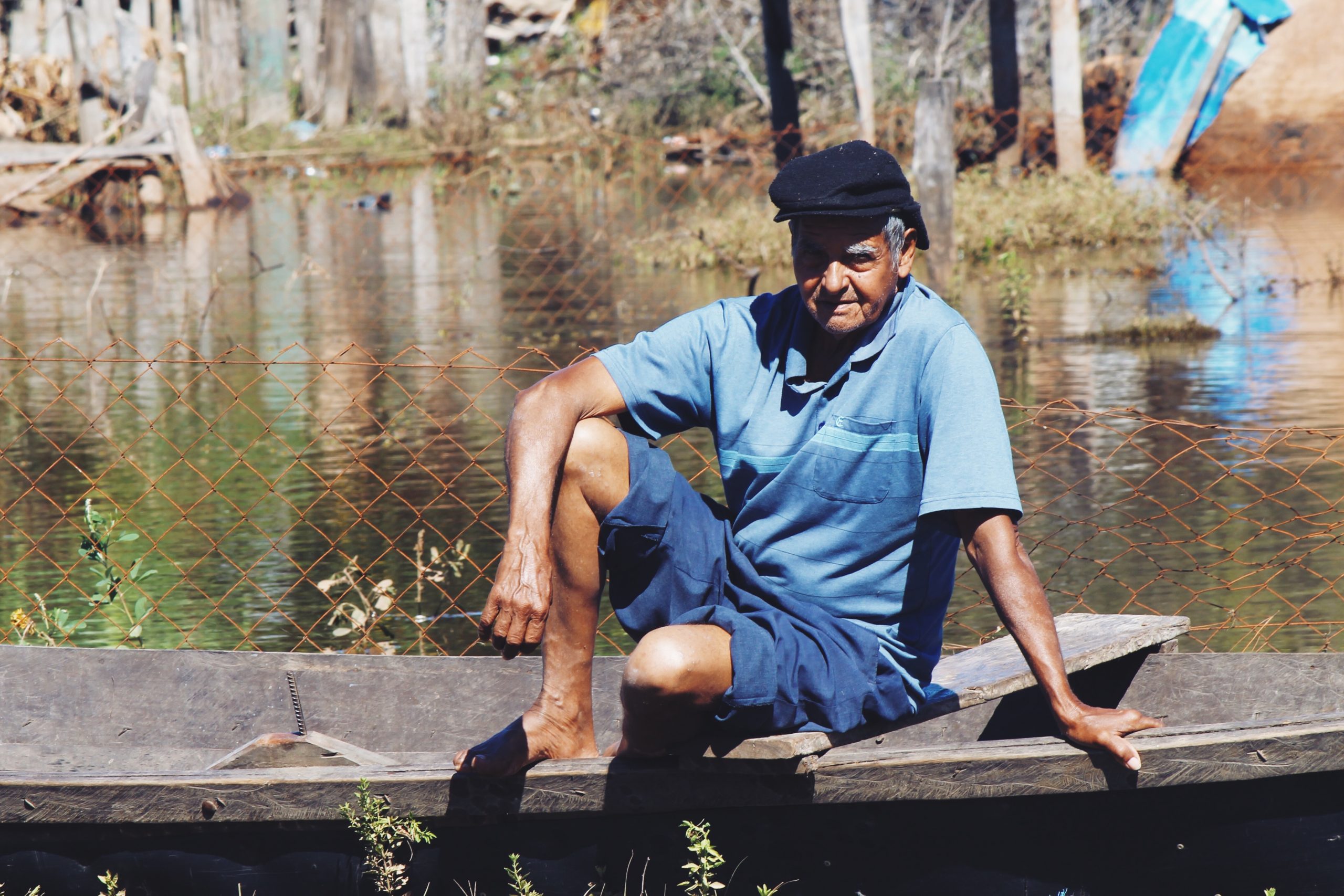
[awesome-gallery id=1803]
RELATED NEWS
Summary
San Pedro is the largest department in the eastern region of Paraguay. There are 800 rivers and water channels running through this region. Economic activities in San Pedro are primarily focused on livestock and agriculture. During the first half of every year, communities near the rivers are affected by cyclical flooding. The climate phenomenon El Niño exacerbates the situation. The Disaster Risk Reduction in San Pedro program was a 15-month, OFDA-funded program that aimed to increase the ability of San Pedro inhabitants to prepare for and adapt to flooding, using a model that can be replicated in other communities.
Objectives
- Risk management policy and practice: To provide communities, local government, and institutions with tools and capacities to manage risk
- Agriculture and food security: To promote sustainable food production for flood victims
- Shelters and settlements: To provide model structural and nonstructural solutions to communities vulnerable to flooding
Activities and Approaches
- Decentralized disaster risk services by creating municipal councils for risk management reduction as well as early warning systems to monitor agroclimate conditions
- Helped families better meet their needs by providing training and resources to improve production in traditional and floating gardens
- Assisted families to improve food planning and preservation techniques to increase food self-sufficiency throughout the year
- Piloted innovative floating gardens and disseminated instructional material for its replication
- Piloted innovative emergency shelter solutions, such as multipurpose floating structures
- Introduced a water pump in a flood-prone community to drain dangerously high levels of water during flooding emergencies
Achieved Project Results
- Increased resilience together with 967 beneficiaries, through training, technical assistance, and inputs, in the districts of San Pedro de Ycuamandiyú and Puerto Antequera in the San Pedro department
- Trained 496 people in disaster preparedness, mitigation, and management, thereby increasing community preparedness and resilience to climate change
- Successfully piloted floating gardens for the first time in Paraguay, helping communities secure food production during flooding season through innovative and sustainable methods
- Increased food security for 642 people through targeted technical assistance and agricultural inputs to improve production in their home gardens
- Created and strengthened municipal councils for risk management reduction and community-level risk management teams, thereby increasing the capacities of local governments and vulnerable communities for emergency preparedness and response to mitigate the impact of future shocks
- Established solid alliances between communities, their municipal councils, San Pedro’s Risk Management and Reduction Secretariat (SPRMRS), the National Emergency Secretariat (SEN), the Ministry of Agriculture, and other stakeholders, such as the Paraguayan Red Cross, firefighters, national police, the army, universities, and local NGOs, thereby promoting sustainability of program activities
- Constructed the innovative and replicable multipurpose floating structure to be used as a floating health care center, emergency shelter, or classroom, among other potential uses during times of flooding
Funder: USAID/OFDA





